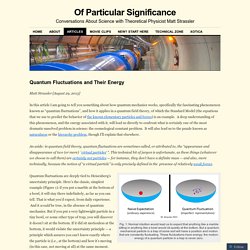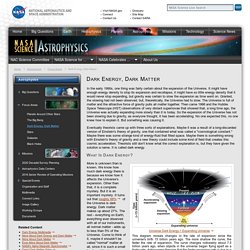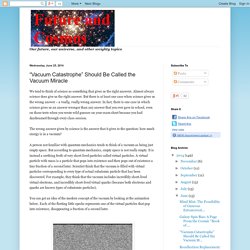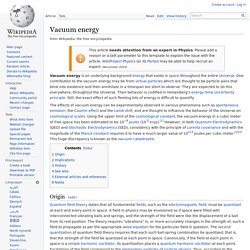

Practical Guide to Free-Energy Devices - Introduction. This document contains most of what I have learned about this subject after researching it for a number of years.

I am not trying to sell you anything, nor am I trying to convince you of anything. When I started looking into this subject, there was very little useful information and any that was around was buried deep in incomprehensible patents and documents. My purpose here is to make it easier for you to locate and understand some of the relevant material now available. What you believe is up to yourself and none of my business. Let me stress that almost all of the devices discussed in the following pages, are devices which I have not personally built and tested. Some time ago, it was commonly believed that the world was flat and rested on the backs of four elephants and that when earthquakes shook the ground, it was the elephants getting restless. The Wright brothers were told that it was impossible for aeroplanes to fly because they were heavier than air.
Introduction. Free Energy - The Race to Zero-Point. <div style="padding:5px; font-size:80%; width:300px; background-color:white; margin-left:auto; margin-right:auto; border:1px dashed gray;"> Internet Archive's<!

--'--> in-browser video player requires JavaScript to be enabled. It appears your browser does not have it turned on. Please see your browser settings for this feature. </div> Click to have player try flash first, then HTML5 second. Quantum Fluctuations and Their Energy. Matt Strassler [August 29, 2013] In this article I am going to tell you something about how quantum mechanics works, specifically the fascinating phenomenon known as “quantum fluctuations”, and how it applies in a quantum field theory, of which the Standard Model (the equations that we use to predict the behavior of the known elementary particles and forces) is an example.

A deep understanding of this phenomenon, and the energy associated with it, will lead us directly to confront what is certainly one of the most dramatic unsolved problem in science: the cosmological constant problem. It will also lead us to the puzzle known as naturalness or the hierarchy problem, though I’ll explain that elsewhere. An aside: in quantum field theory, quantum fluctuations are sometimes called, or attributed to, the “appearance and disappearance of two (or more) `virtual particles‘ “.
Quantum fluctuations are deeply tied to Heisenberg’s uncertainty principle. Dark Energy, Dark Matter. Dark Energy, Dark Matter In the early 1990s, one thing was fairly certain about the expansion of the Universe.

It might have enough energy density to stop its expansion and recollapse, it might have so little energy density that it would never stop expanding, but gravity was certain to slow the expansion as time went on. Granted, the slowing had not been observed, but, theoretically, the Universe had to slow. The Universe is full of matter and the attractive force of gravity pulls all matter together. Then came 1998 and the Hubble Space Telescope (HST) observations of very distant supernovae that showed that, a long time ago, the Universe was actually expanding more slowly than it is today. Eventually theorists came up with three sorts of explanations.
The Tom Bearden Website. Free Energy is a Real Thing - Vacuum Energy. How Can the Zero-Point Energy Become an Energy Source? The Vacuum Catastrophe - Zero-Point Energy. Empty Space is not Empty! (Dr. Lawrence Krauss) The Vacuum is NOT Empty. Future and Cosmos: “Vacuum Catastrophe” Should Be Called the Vacuum Miracle. We tend to think of science as something that gives us the right answers.

Almost always science does give us the right answer. But there is at least one case when science gives us the wrong answer – a really, really wrong answer. In fact, there is one case in which science gives us an answer wronger than any answer that you ever gave in school, even on those tests when you wrote wild guesses on your exam sheet because you had daydreamed through every class session. Zero-point energy. Zero-point energy, also called quantum vacuum zero-point energy, is the lowest possible energy that a quantum mechanical physical system may have; it is the energy of its ground state.

All quantum mechanical systems undergo fluctuations even in their ground state and have an associated zero-point energy, a consequence of their wave-like nature. The uncertainty principle requires every physical system to have a zero-point energy greater than the minimum of its classical potential well. This results in motion even at absolute zero. For example, liquid helium does not freeze under atmospheric pressure at any temperature because of its zero-point energy. History[edit] In 1900, Max Planck derived the formula for the energy of a single energy radiator, e.g., a vibrating atomic unit:[5] where is Planck's constant, is the frequency, k is Boltzmann's constant, and T is the absolute temperature. According to this expression, an atomic system at absolute zero retains an energy of ½hν. Varieties[edit] . Vacuum energy. Vacuum energy is an underlying background energy that exists in space throughout the entire Universe.

One contribution to the vacuum energy may be from virtual particles which are thought to be particle pairs that blink into existence and then annihilate in a timespan too short to observe. They are expected to do this everywhere, throughout the Universe. Their behavior is codified in Heisenberg's energy–time uncertainty principle. Vacuum catastrophe. In cosmology the vacuum catastrophe refers to the disagreement of 107 orders of magnitude between the upper bound upon the vacuum energy density as inferred from data obtained from the Voyager spacecraft of less than 1014 GeV/m3 and the zero-point energy of 10121 GeV/m3 suggested by a naïve application of quantum field theory.[1] This discrepancy has been termed "the worst theoretical prediction in the history of physics.

"[2] The magnitude of this discrepancy is entirely beyond the descriptive power of any kind of commonplace comparison. It has been observed that the statement "the universe consists of exactly one elementary particle" is closer to being true, by at least ten orders of magnitude, than the incorrect vacuum-catastrophe prediction. See also[edit] References[edit]